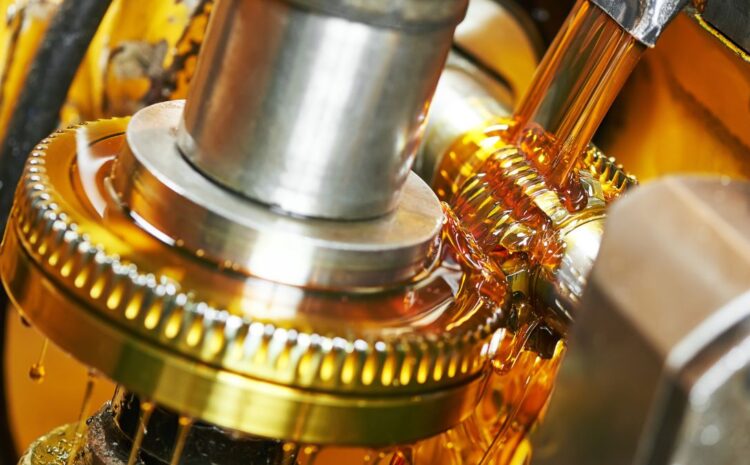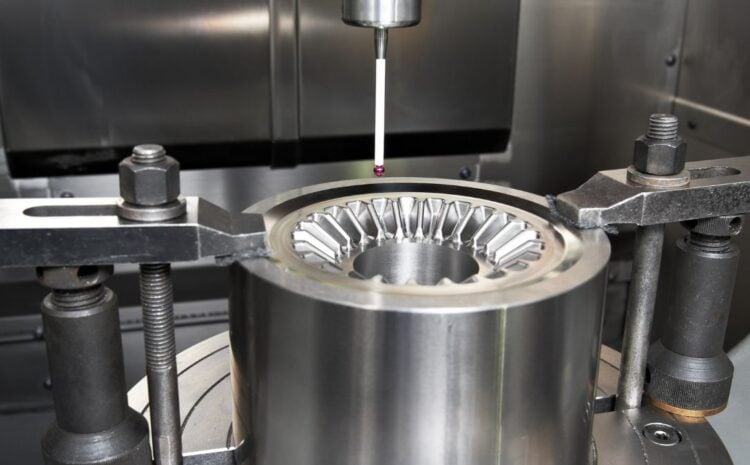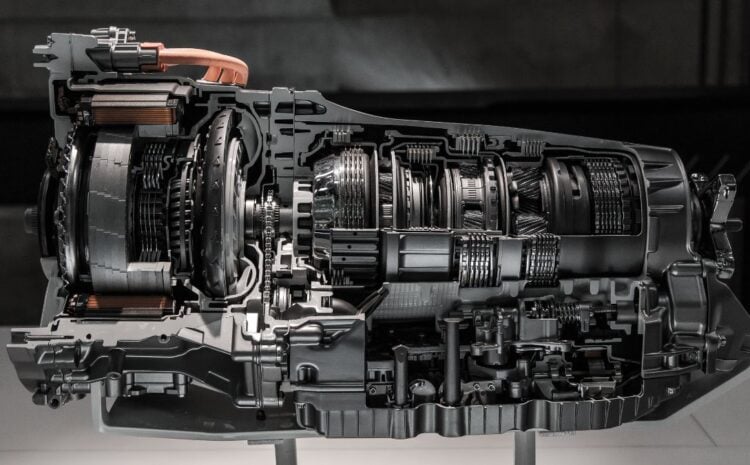When it comes to keeping gear systems running smoothly and reliably for a long time, gear lubrication is indispensable. Gear systems can fail before their time if friction, wear, and heat are not kept to a minimum with the help of lubricants. In this piece, we’ll take a look at the various gear lubricants available and the roles they play in mechanical systems.
Types of Gear Lubricants
There are several types of gear lubricants available in the market, including mineral oil, synthetic oil, and bio-based lubricants. Let’s explore these in more detail:
- Mineral Oil: This is a standard lubricant for gear systems. Since it is refined from low-priced crude oil, it is a viable option. However, its effectiveness decreases significantly under severe conditions like high temperatures and heavy loads. Mineral oil works well in moderately loaded systems where temperatures are not too high.
- Synthetic oil: This is a high-performance lubricant created from synthetic materials. Compared to mineral oil, it performs better in hot environments and under heavy loads. High-performance gear systems, such as those in racing cars and industrial machinery, frequently use synthetic oil. It offers superior thermal and oxidation stability, enabling longer lubrication intervals and wear protection.
- Bio-based Lubricants: Manufacturers produce bio-based lubricants from renewable resources such as vegetable and animal oils and fats. They are less toxic and environmentally friendly than conventional lubricants. They perform poorly, though, under high loads and extreme temperatures. In areas where there is a risk of environmental contamination, such as waterways and forests, bio-based lubricants are typically used.
Benefits of Gear Lubrication
Proper lubrication is essential to ensure the longevity and optimal performance of gear systems. Let’s look at some of the key benefits of gear lubrication:
- Reduced Friction and Wear – Lubricants reduce friction between moving components, which helps to reduce wear and prolong the lifespan of gear systems. Less energy is consumed, resulting in lower operating costs due to the reduction in friction.
- Temperature Control – Lubricants help to dissipate heat generated by gear systems, which helps to prevent overheating and premature failure. Proper lubrication prevents excessive wear and tear on gears, ensuring the system operates within design limits.
- Noise Reduction – Lubricants can help to reduce the noise generated by gear systems, which improves the comfort of operators and reduces noise pollution. Noise reduction is essential in applications where gear systems operate in public areas or residential neighborhoods.
- Corrosion Protection – Lubricants can help to protect gear systems from corrosion and rust caused by exposure to moisture and other environmental factors. Lubricants form a protective barrier that prevents moisture from reaching metal surfaces, preventing corrosion.
- Energy Efficiency – Proper lubrication can improve the energy efficiency of gear systems by reducing friction and heat generation. This can lead to reduced energy consumption and lower operating costs.
Conclusion
Gear lubrication is an essential component of preserving the effectiveness and robustness of gear systems. The gear system’s needs and the application determine the type of lubricant that should be used. To prolong the life of gear systems and enhance performance, regular maintenance and lubricant replacement are required. Gear lubricants work to lessen the friction, wear, and heat production that can lead to the early failure of gear systems. Additionally, proper lubrication can lower noise pollution, increase the energy efficiency of gear systems, and prevent corrosion. Over the course of the equipment’s life, purchasing high-quality lubricants can save you a lot of money.



